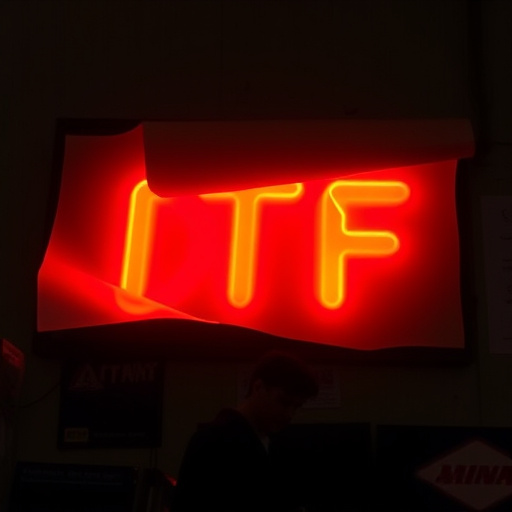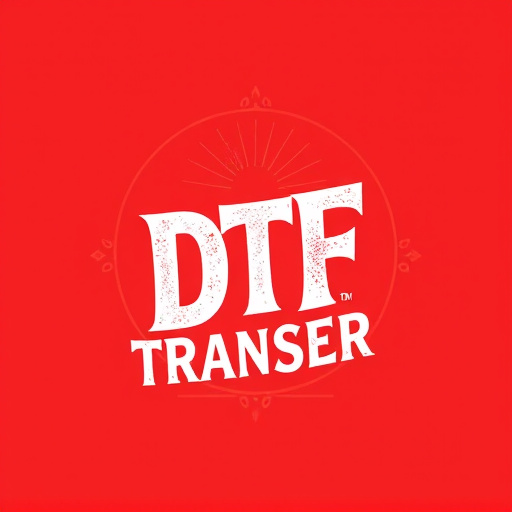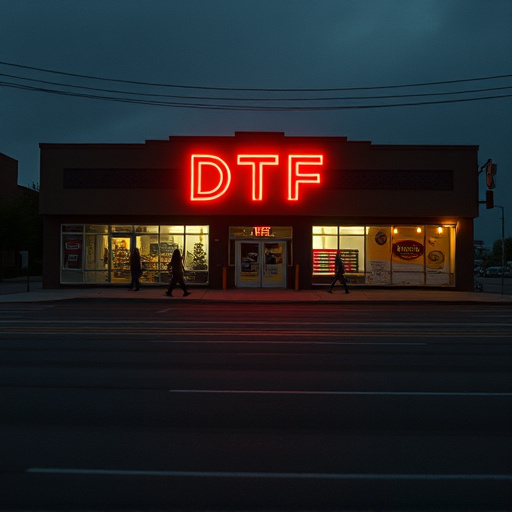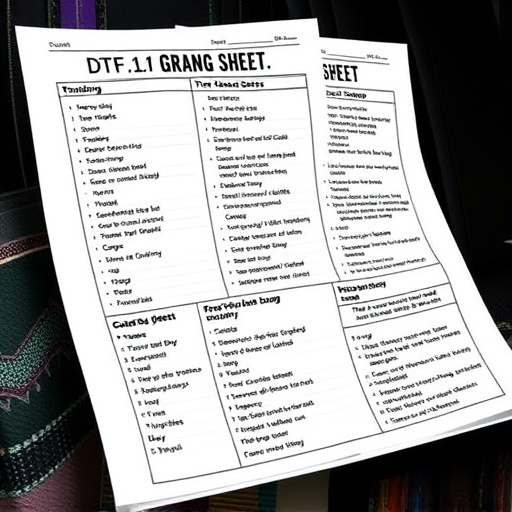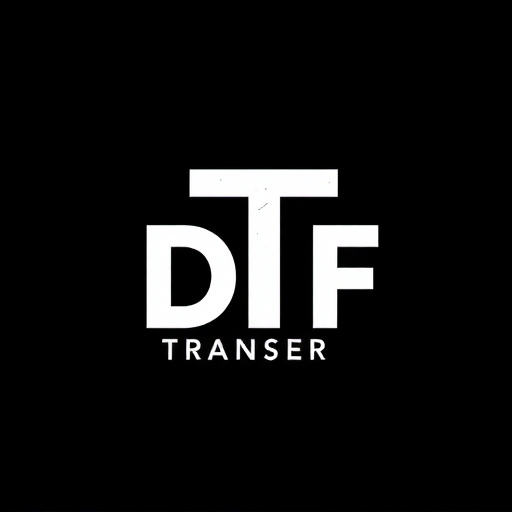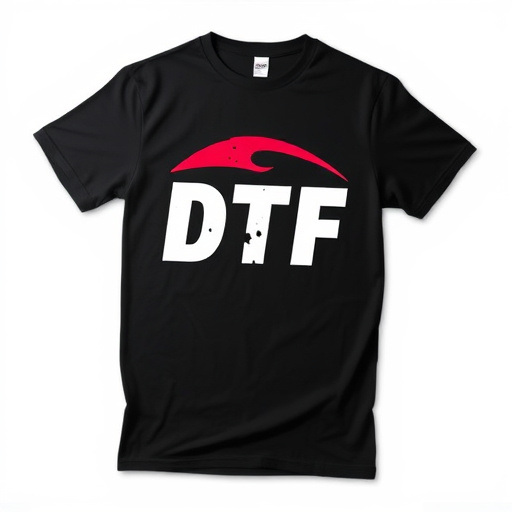Direct-to-Film (DTF) transfers have gained popularity for their speed and efficiency in producing high-quality film prints from digital data. With a 24-hour turnaround time, DTF is ideal for filmmakers and content creators needing quick testing or custom effects, offering unparalleled control over exposure and development. This technology streamlines printing, reduces costs, and enables interactive viewing experiences. It's a game-changer in today's fast-paced media landscape, catering to tight deadlines while preserving original film quality. DTF transfers are crucial for pop-up exhibitions, film festivals, and last-minute design flexibility, enhancing community engagement without sacrificing quality or timing.
In today’s fast-paced media landscape, direct-to-film (DTF) transfers that once took days can now be accomplished within 24 hours. This game-changing capability is transforming the way content creators and distributors manage their assets, enabling them to swiftly produce high-quality DTF prints for various applications, from short-run productions to emergency repairs.
This article delves into the world of expedited DTF production, exploring its benefits, optimizing techniques, underlying technology, and real-world success stories, providing insights into how this innovative process is revolutionizing film and video production.
- Understanding Direct-to-Film (DTF) Transfers: A Quick Overview
- The Need for Expedited DTF Production: Benefits and Advantages
- Optimizing the DTF Process: Techniques for Faster Turnaround Times
- Equipment and Technology: Enabling 24-Hour DTF Prints
- Quality Assurance in Rapid DTF Printing: Maintaining Consistency
- Real-World Applications: Success Stories of Expedited DTF Transfers
Understanding Direct-to-Film (DTF) Transfers: A Quick Overview
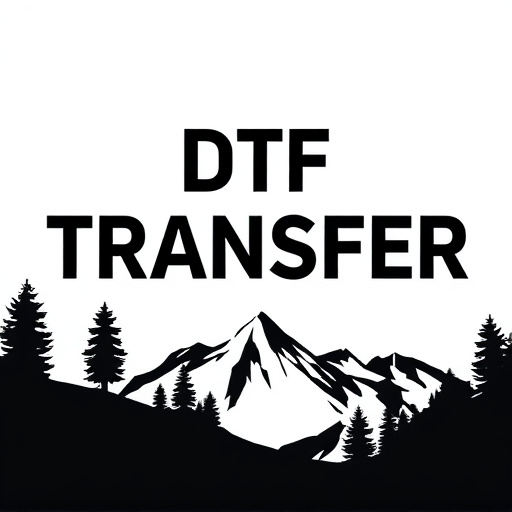
Direct-to-Film (DTF) Transfers have gained significant traction in recent years due to their ability to offer a fast and efficient method for printing images directly onto film, bypassing traditional intermediate steps. This process involves using specialized equipment to expose and develop film based on digital data, resulting in high-quality prints that capture the intricate details of the original image. DTF is particularly appealing for those seeking swift turnaround times, such as filmmakers who need to quickly test or create custom effects.
The direct nature of DTF Transfer means it offers a level of control and versatility unmatched by other printing methods. It enables precise manipulation of exposure times, development settings, and chemical formulations, allowing artists and technicians to fine-tune the final print’s appearance. This technique is not only valuable for experimental films but also finds use in restoration projects where authenticity and precision are paramount. DTF Printing thus represents a cutting-edge solution within the film industry, revolutionizing how creators work with and preserve their cinematic visions.
The Need for Expedited DTF Production: Benefits and Advantages
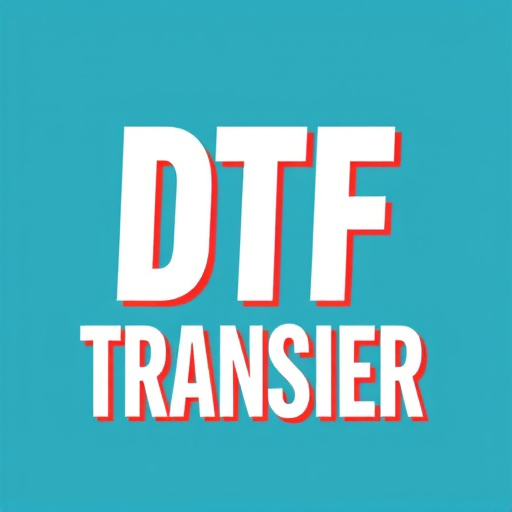
In today’s fast-paced media landscape, there’s a growing demand for quick and efficient ways to convert film to digital formats, especially for independent filmmakers, small production houses, and vintage movie enthusiasts. This need has sparked a surge in the popularity of Direct-to-Film (DTF) transfers, which offer a modern solution to preserving and sharing classic films or creating unique cinematic experiences. The traditional process of film printing can be time-consuming, often taking weeks or even months to complete. However, with the advent of advanced technology, it is now possible to achieve DTF production in as little as 24 hours, revolutionizing the way we handle and access film content.
Expedited DTF production brings several benefits and advantages. Firstly, it allows for rapid digital distribution, enabling filmmakers to get their content out to audiences sooner. Secondly, it preserves the original film quality while converting it to a digital format, ensuring that the intricate details and richness of the cinematic experience are not compromised. Additionally, this expedited method reduces costs compared to traditional printing, making it accessible to a broader range of users. Moreover, it opens up opportunities for interactive experiences, such as personalized DTF prints tailored to specific viewers’ preferences, thus enhancing engagement with film art.
Optimizing the DTF Process: Techniques for Faster Turnaround Times
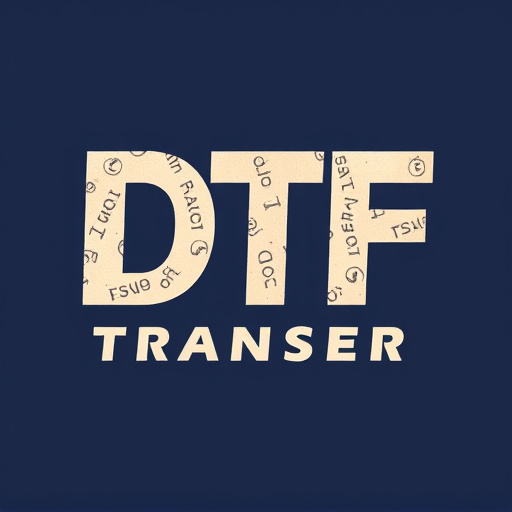
In today’s fast-paced media landscape, meeting tight deadlines is crucial for content creators and distributors alike. Optimizing the direct-to-film (DTF) transfer process is a game-changer, enabling the production of high-quality DTF prints within an impressive 24-hour turnaround time. This isn’t just about speed; it’s a strategic approach that streamlines each step from digital file to physical print, ensuring efficiency without sacrificing quality. Techniques like advanced digital preprocessing, optimized printing techniques, and efficient plate handling play a pivotal role in achieving this rapid production cycle.
Digital files are first meticulously prepared, with color profiles and resolution adjustments tailored for precise DTF printing. Next, specialized printers employ innovative methods, such as enhanced ink formulations and precise exposure control, to minimize print times while maintaining vibrant, accurate colors. Furthermore, implementing automated plate-making systems reduces manual intervention, allowing for faster setup and consistent results. These strategies collectively contribute to the accelerated production of DTF transfers, catering to the demand for quick turnaround times in today’s dynamic media environment.
Equipment and Technology: Enabling 24-Hour DTF Prints
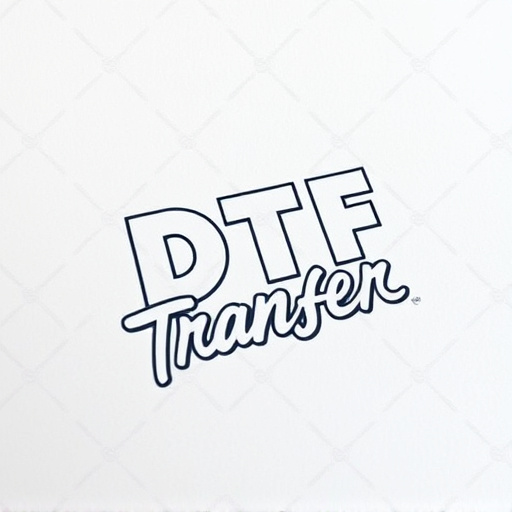
The expedited production of Direct-to-Film (DTF) transfers within 24 hours is made possible by advanced equipment and technology. Modern DTF printers utilize cutting-edge inkjet technology, capable of precise and high-resolution printing onto various film materials. These printers are designed for speed and efficiency, featuring automated feeding systems and multi-pass printing techniques that significantly reduce turnaround time.
Key components driving this rapid process include specialized inks optimized for quick drying and robust film substrates that withstand the printing speeds. Automated post-processing steps, such as cutting and laminating, further streamline the workflow, ensuring that final DTF prints are ready for use within hours of file submission. This level of efficiency transforms the traditional film transfer process, making it an attractive option for time-sensitive projects and urgent content delivery.
Quality Assurance in Rapid DTF Printing: Maintaining Consistency
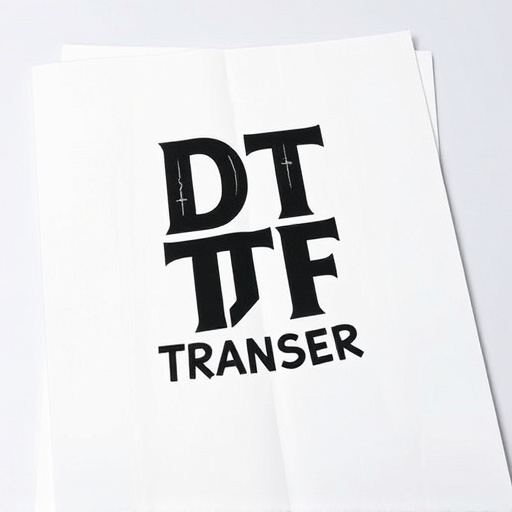
In the race to deliver direct-to-film (DTF) transfers swiftly, maintaining quality assurance becomes a delicate balance. The challenge lies in ensuring that each DTF print is consistent with the original source material, especially when time is of the essence. With rapid printing turning into an art form, every step in the process must be meticulously executed to preserve image clarity and color accuracy. From input file preparation to the final cure, minutiae are scrutinized to meet the stringent standards required for high-quality DTF prints.
Quality control measures are implemented at every stage of production. This includes rigorous checks for dust particles, moisture, and print misalignments. Advanced printing technology and specialized inks play a pivotal role in achieving consistent results. Furthermore, expert technicians monitor the entire workflow to detect any anomalies that might compromise the final product. By adhering to strict protocols, it becomes possible to deliver DTF transfers within 24 hours without sacrificing the integrity and excellence of each individual print.
Real-World Applications: Success Stories of Expedited DTF Transfers
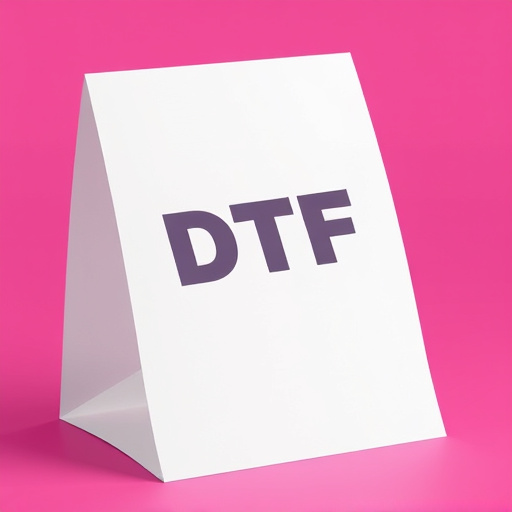
In today’s fast-paced media landscape, the ability to swiftly produce high-quality direct-to-film (DTF) transfers is proving invaluable for various industries. Businesses are leveraging expedited DTF services to meet urgent printing demands, ensuring swift delivery of promotional materials, event signage, and custom product labels. For instance, consider a small business hosting a sudden pop-up exhibition; with expedited DTF printing, they can swiftly create eye-catching displays, signs, and brochures, enhancing the overall visitor experience.
Another success story unfolds in the realm of film festivals, where organizers often require prompt production of promotional materials, such as event programs and posters. Expedited DTF transfers have enabled these events to streamline their marketing efforts, allowing for last-minute design changes and personalized content without compromising quality or timing. This rapid response capability has become a game-changer, fostering stronger community engagement and leaving a lasting impression on attendees.





